Home>Furniture & Design>Interior Design Trends>How To Make A Crack In Glass Disappear
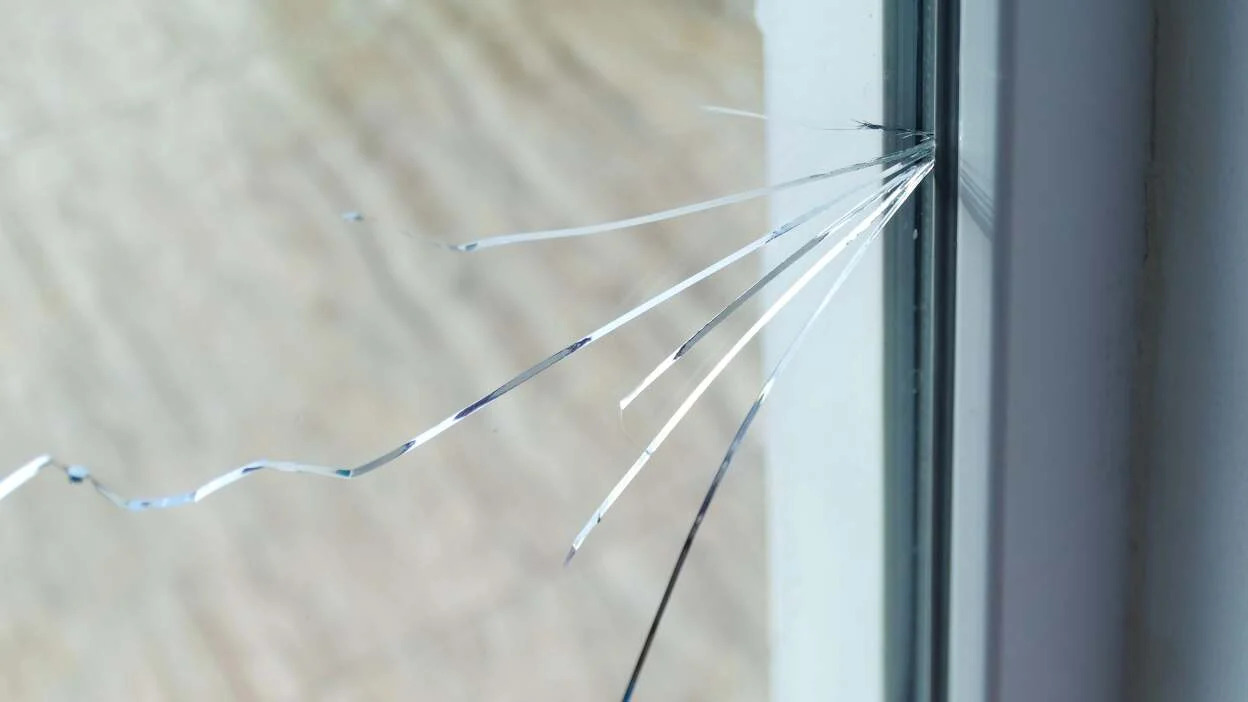

Interior Design Trends
How To Make A Crack In Glass Disappear
Published: February 3, 2024
Learn how to make a crack in glass disappear with these interior design trends. Transform your space with these expert tips and tricks.
(Many of the links in this article redirect to a specific reviewed product. Your purchase of these products through affiliate links helps to generate commission for Storables.com, at no extra cost. Learn more)
Introduction
Glass is a versatile and elegant material that adds a touch of sophistication to any space. Whether it's a cherished antique vase, a beloved picture frame, or a stylish glass tabletop, cracks in glass can be a source of frustration and concern. However, with the right tools and techniques, it's possible to make these unsightly cracks disappear and restore the glass to its former glory.
In this comprehensive guide, we will delve into the art of repairing cracks in glass, providing you with the knowledge and skills needed to tackle this common issue with confidence. From understanding the nature of cracks in glass to the step-by-step process of repairing them, we will cover everything you need to know to make a crack in glass disappear seamlessly.
So, if you've ever found yourself staring at a crack in your favorite glass item, wondering if it's beyond repair, fear not. With the right approach and a bit of patience, you can restore the beauty and functionality of your cherished glass possessions. Let's embark on this journey together and learn how to transform a cracked piece of glass into a flawless masterpiece.
Key Takeaways:
- Repairing cracks in glass requires understanding the types and causes of cracks, using specialized materials, and following a meticulous step-by-step process. With patience and precision, you can make a crack in glass disappear seamlessly.
- To prevent future cracks in glass, handle glass items with care, avoid extreme temperature changes, and implement proper installation and fitting practices. By incorporating these preventive measures, you can preserve the beauty and functionality of your glass possessions.
Read more: How To Make Glass Look Cracked
Understanding the nature of cracks in glass
Glass, known for its transparency and fragility, is susceptible to cracks due to various factors. Understanding the nature of cracks in glass is crucial in determining the appropriate repair methods and preventing future damage.
Types of Glass Cracks
-
Surface Cracks: These are superficial cracks that do not penetrate the entire thickness of the glass. They are often caused by impact or abrasion and can be relatively easy to repair.
-
Edge Cracks: These cracks occur along the edges of the glass and can spread rapidly if not addressed promptly. They are commonly caused by improper handling or installation.
-
Stress Cracks: These cracks result from internal stresses within the glass, often due to sudden temperature changes or manufacturing defects. They can appear spontaneously and may propagate over time.
-
Impact Cracks: These are caused by a direct force or blow to the glass, resulting in a visible point of impact and radial cracks spreading from the point of contact.
Factors Contributing to Glass Cracks
-
Temperature Fluctuations: Glass expands and contracts with temperature changes. Rapid or extreme fluctuations can induce stress on the material, leading to cracks.
-
Mechanical Stress: External forces such as impacts, pressure, or bending can exceed the glass's structural capacity, causing it to crack.
-
Manufacturing Defects: Inherent flaws in the glass, such as air bubbles or uneven cooling, can create weak points that are prone to cracking.
-
Improper Installation: Incorrect fitting, excessive pressure during installation, or inadequate support can lead to edge cracks or stress fractures.
Glass Properties and Crack Propagation
Glass is an amorphous solid with unique properties. When a crack forms, the glass's molecular structure influences the way the crack propagates. Factors such as the type of glass, its thickness, and the presence of impurities can affect the behavior of cracks.
Understanding these aspects of glass cracks is essential for effective repair and maintenance. By recognizing the causes and characteristics of cracks in glass, you can take proactive measures to minimize the risk of damage and ensure the longevity of your glass items.
Read more: How To Fix A Crack In Glass
Materials needed for repairing a crack in glass
Repairing a crack in glass requires a set of specialized materials to ensure a successful restoration. Here are the essential items you'll need to effectively repair a crack in glass:
-
Safety Gear: Prioritize safety by wearing protective gear, including gloves and safety goggles, to prevent injuries from glass shards during the repair process.
-
Glass Cleaner: Use a gentle glass cleaner to thoroughly clean the cracked area and remove any dirt, debris, or residues. This ensures a clean surface for the repair materials to adhere to.
-
Microfiber Cloth: A lint-free microfiber cloth is ideal for drying the cleaned area and ensuring a pristine surface for the repair.
-
Glass Repair Resin: Opt for a high-quality, UV-curing glass repair resin designed specifically for filling and sealing cracks in glass. The resin should be transparent and capable of bonding effectively with the glass surface.
-
UV Light Source: A UV light source is essential for curing the glass repair resin. Ensure that the UV light is compatible with the chosen resin and provides sufficient intensity for proper curing.
-
Razor Blade or Glass Scraper: Use a razor blade or glass scraper to carefully remove any excess resin after the curing process, ensuring a smooth and even surface.
-
Plastic Wrap: To facilitate the curing process, plastic wrap can be used to cover the applied resin and prevent it from being exposed to ambient light during the curing phase.
-
Rubbing Alcohol: Prepare the glass surface by wiping it with rubbing alcohol to remove any remaining contaminants and promote optimal adhesion of the repair resin.
-
Fine-grit Sandpaper: In cases where the crack has rough edges, fine-grit sandpaper can be used to gently smooth the area before applying the repair resin.
-
Curing Tabs or Squares: These small, transparent tabs or squares are used to cover the repair resin during the curing process, ensuring a smooth and level finish.
By gathering these essential materials, you can effectively address cracks in glass and restore the integrity and visual appeal of your cherished glass items. With the right tools at your disposal, you'll be well-equipped to embark on the journey of repairing cracks in glass with confidence and precision.
Step-by-step guide to making a crack in glass disappear
Repairing a crack in glass requires precision and attention to detail. Follow these step-by-step instructions to effectively make a crack in glass disappear:
-
Prepare the Work Area: Start by setting up a clean and well-lit work area. Ensure that the glass item to be repaired is placed on a stable and level surface, free from any obstructions.
-
Clean the Cracked Area: Use a gentle glass cleaner and a microfiber cloth to thoroughly clean the cracked area. Remove any dirt, debris, or residues that may hinder the repair process. Ensure that the glass surface is completely dry before proceeding.
-
Assess the Crack: Examine the crack carefully to determine its depth and extent. This assessment will help you gauge the amount of repair resin needed and the best approach for filling the crack.
-
Apply the Glass Repair Resin: Using a syringe or applicator, carefully apply the transparent glass repair resin along the entire length of the crack. Ensure that the resin penetrates the crack completely and fills any voids or gaps.
-
Smooth the Surface: If the crack has rough edges, gently sand the area with fine-grit sandpaper to create a smooth surface for the resin application. Wipe the area with rubbing alcohol to remove any sanding residues.
-
Cover with Plastic Wrap: Place a piece of plastic wrap over the applied resin to create a flat surface. Smooth out any air bubbles and ensure that the resin is evenly distributed along the crack.
-
Cure the Resin: Position the UV light source over the plastic-wrapped area and activate the UV light to cure the resin. Follow the manufacturer's recommended curing time to ensure that the resin sets and bonds effectively with the glass.
-
Remove Excess Resin: After the curing process, carefully remove the plastic wrap and use a razor blade or glass scraper to eliminate any excess resin from the repaired area. Take care to create a seamless finish.
-
Final Inspection: Inspect the repaired area from different angles to ensure that the crack has been effectively filled and the surface is smooth and clear. Make any necessary adjustments to achieve the desired result.
-
Polish and Clean: Once the repair is complete, polish the glass surface with a clean microfiber cloth to restore its luster. Clean the entire glass item to remove any remaining residues and ensure a pristine finish.
By following these detailed steps, you can effectively make a crack in glass disappear, restoring the visual appeal and structural integrity of your cherished glass possessions. With patience and precision, you can achieve seamless repairs and enjoy your glass items for years to come.
Tips for preventing future cracks in glass
Preventing future cracks in glass involves proactive measures and mindful practices to safeguard your glass items from potential damage. By implementing the following tips, you can minimize the risk of cracks and preserve the longevity of your glass possessions.
-
Handle with Care: Treat glass items with gentleness and care, especially during handling, transportation, and cleaning. Avoid subjecting glass to sudden impacts, pressure, or rough handling, as these actions can lead to cracks or fractures.
-
Avoid Extreme Temperature Changes: Glass is sensitive to rapid temperature fluctuations, which can induce stress and compromise its structural integrity. When possible, minimize exposing glass items to extreme heat or cold, as well as abrupt temperature changes, to prevent thermal shock and potential cracking.
-
Use Proper Supports and Cushioning: When displaying or storing glass items, ensure that they are adequately supported and cushioned to minimize the risk of accidental impacts or pressure points. Utilize soft padding or felt liners to protect the glass surface from abrasive contact with other materials.
-
Regular Maintenance and Inspection: Periodically inspect your glass items for any signs of wear, stress, or damage. Address minor issues promptly to prevent them from escalating into larger cracks or fractures. Additionally, maintain a clean and dust-free environment to reduce the likelihood of abrasive particles causing scratches or surface damage.
-
Proper Installation and Fitting: When installing glass components, such as tabletops, shelves, or mirrors, ensure that the fitting and support mechanisms are appropriate for the weight and dimensions of the glass. Improper installation can create undue stress on the glass, leading to edge cracks or structural weaknesses.
-
Use Protective Coatings or Films: Consider applying protective coatings or films designed to enhance the resilience of glass surfaces. These coatings can provide an additional layer of protection against scratches, impacts, and UV radiation, reducing the vulnerability of the glass to cracks and damage.
-
Address Structural Weaknesses: Identify and address any inherent structural weaknesses in glass items, such as manufacturing defects or stress points. Consult with professionals to reinforce or mitigate these weaknesses, especially in critical glass components.
-
Educate and Train Personnel: In commercial or institutional settings, provide training and guidelines for staff members responsible for handling or maintaining glass items. Proper training can minimize the risk of accidents and mishandling that may result in glass damage.
By incorporating these preventive measures into your glass care routine, you can significantly reduce the likelihood of future cracks and damage, preserving the beauty and functionality of your glass items for years to come. Taking a proactive approach to glass maintenance and protection is key to ensuring the longevity and visual appeal of your cherished glass possessions.
If the crack is small, you can try filling it with clear nail polish or super glue to make it less noticeable. Sand the area gently to smooth it out.
Conclusion
In conclusion, the art of repairing cracks in glass is a skill that combines precision, patience, and an understanding of the unique properties of glass. By comprehending the nature of glass cracks, gathering the essential materials, and following a meticulous repair process, it is possible to make a crack in glass disappear seamlessly. The step-by-step guide provided in this comprehensive article offers a clear roadmap for addressing cracks in glass and restoring the integrity and visual appeal of cherished glass items.
Understanding the various types of glass cracks, including surface cracks, edge cracks, stress cracks, and impact cracks, is essential for identifying the appropriate repair approach. Factors contributing to glass cracks, such as temperature fluctuations, mechanical stress, and manufacturing defects, shed light on the root causes of glass damage, empowering individuals to take proactive measures to prevent future cracks.
The detailed list of materials required for repairing a crack in glass ensures that individuals are well-equipped with the necessary tools to undertake the repair process effectively. From safety gear and glass repair resin to UV light sources and fine-grit sandpaper, each item plays a crucial role in achieving successful glass repairs.
The step-by-step guide outlines a meticulous process, from preparing the work area and cleaning the cracked area to applying the glass repair resin, curing the resin, and achieving a seamless finish. By following these detailed instructions, individuals can confidently embark on the journey of repairing cracks in glass, ultimately restoring the beauty and functionality of their glass possessions.
Furthermore, the tips for preventing future cracks in glass provide valuable insights into proactive measures that can safeguard glass items from potential damage. By handling glass items with care, avoiding extreme temperature changes, and implementing proper installation and fitting practices, individuals can minimize the risk of future cracks and preserve the longevity of their glass possessions.
In essence, the ability to make a crack in glass disappear is not only a practical skill but also a testament to the resilience and beauty of glass as a material. By embracing the knowledge and techniques shared in this guide, individuals can approach glass repairs with confidence, ensuring that their cherished glass items continue to adorn their spaces with elegance and allure for years to come.
Frequently Asked Questions about How To Make A Crack In Glass Disappear
Was this page helpful?
At Storables.com, we guarantee accurate and reliable information. Our content, validated by Expert Board Contributors, is crafted following stringent Editorial Policies. We're committed to providing you with well-researched, expert-backed insights for all your informational needs.

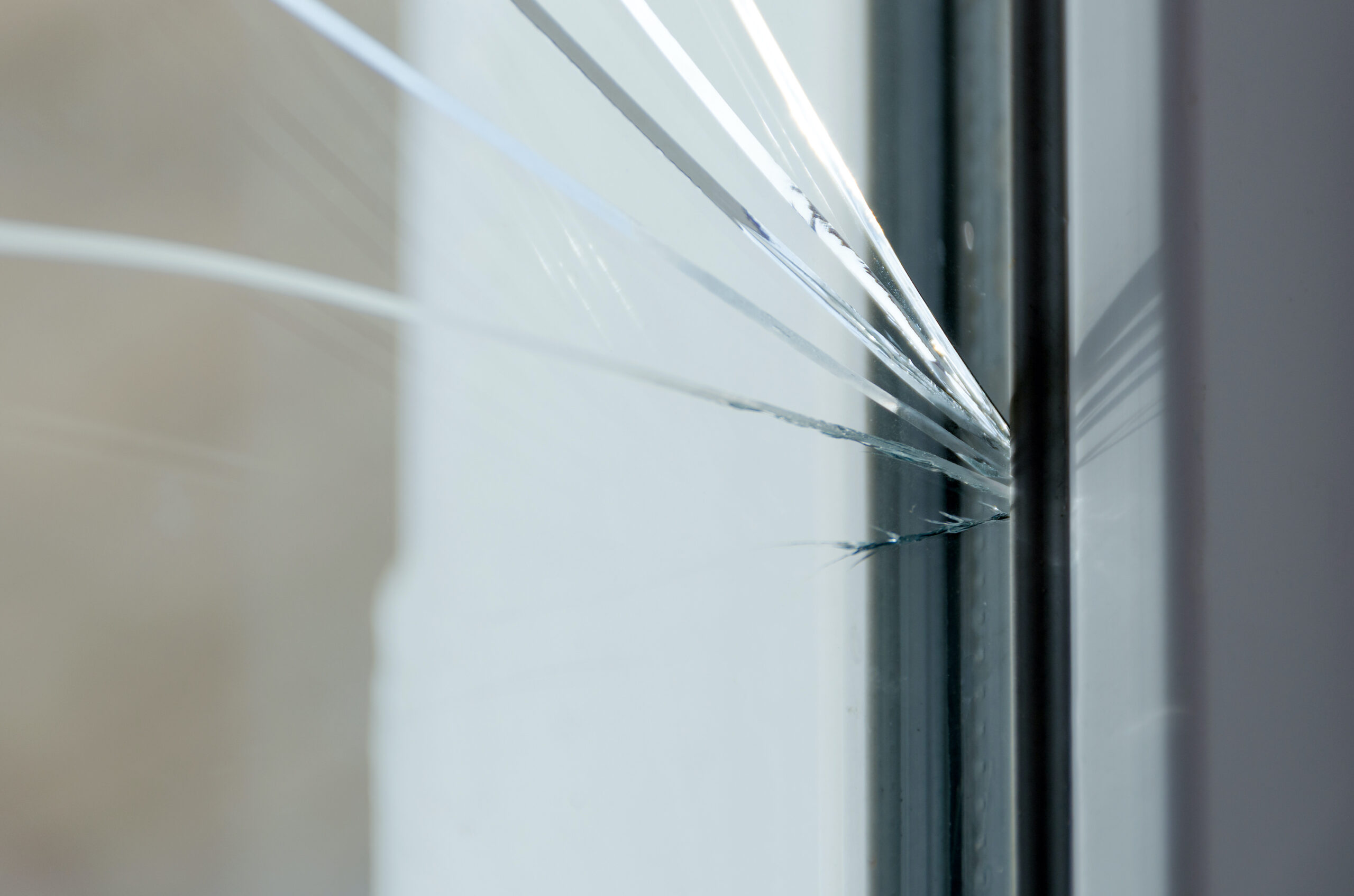
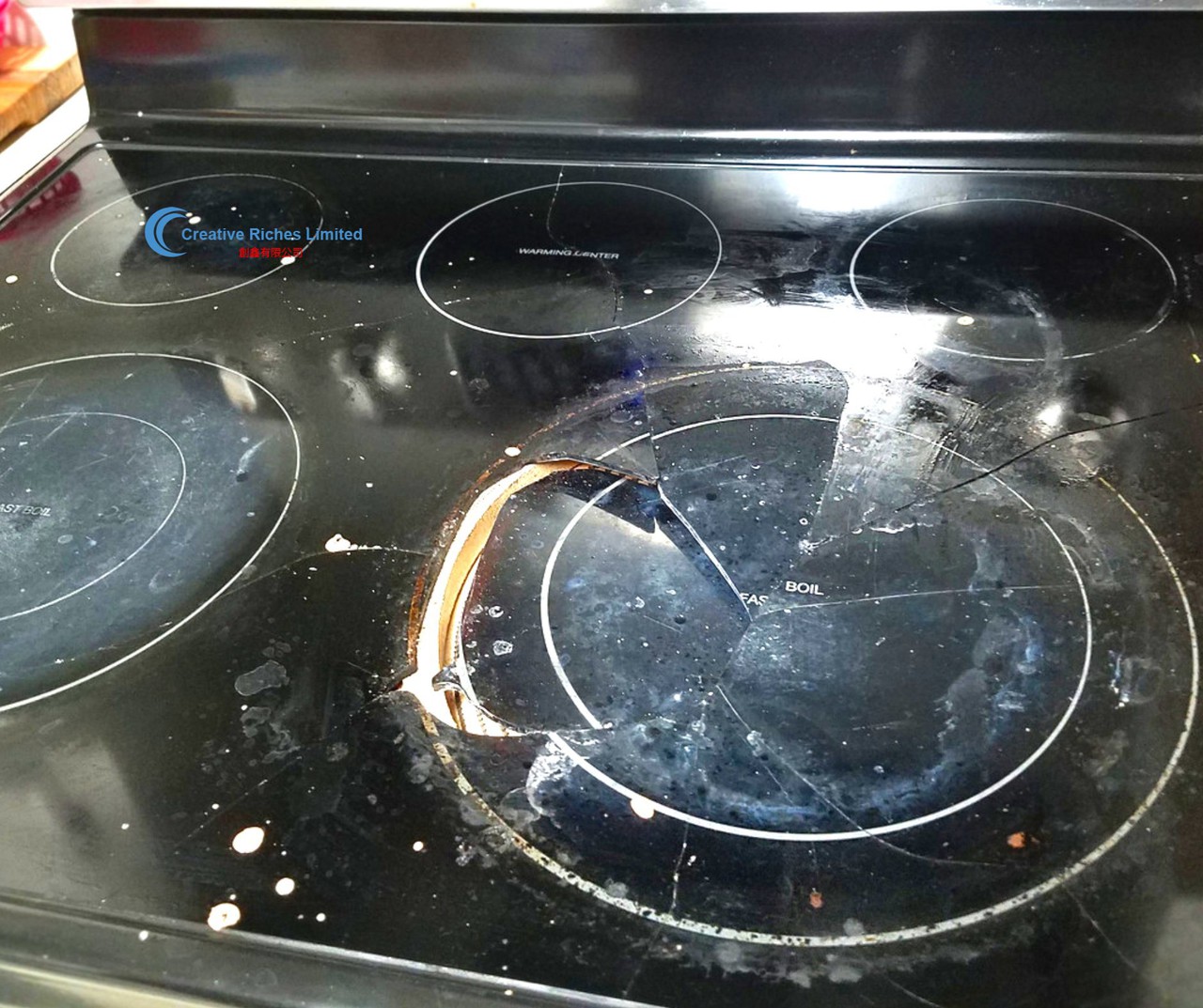





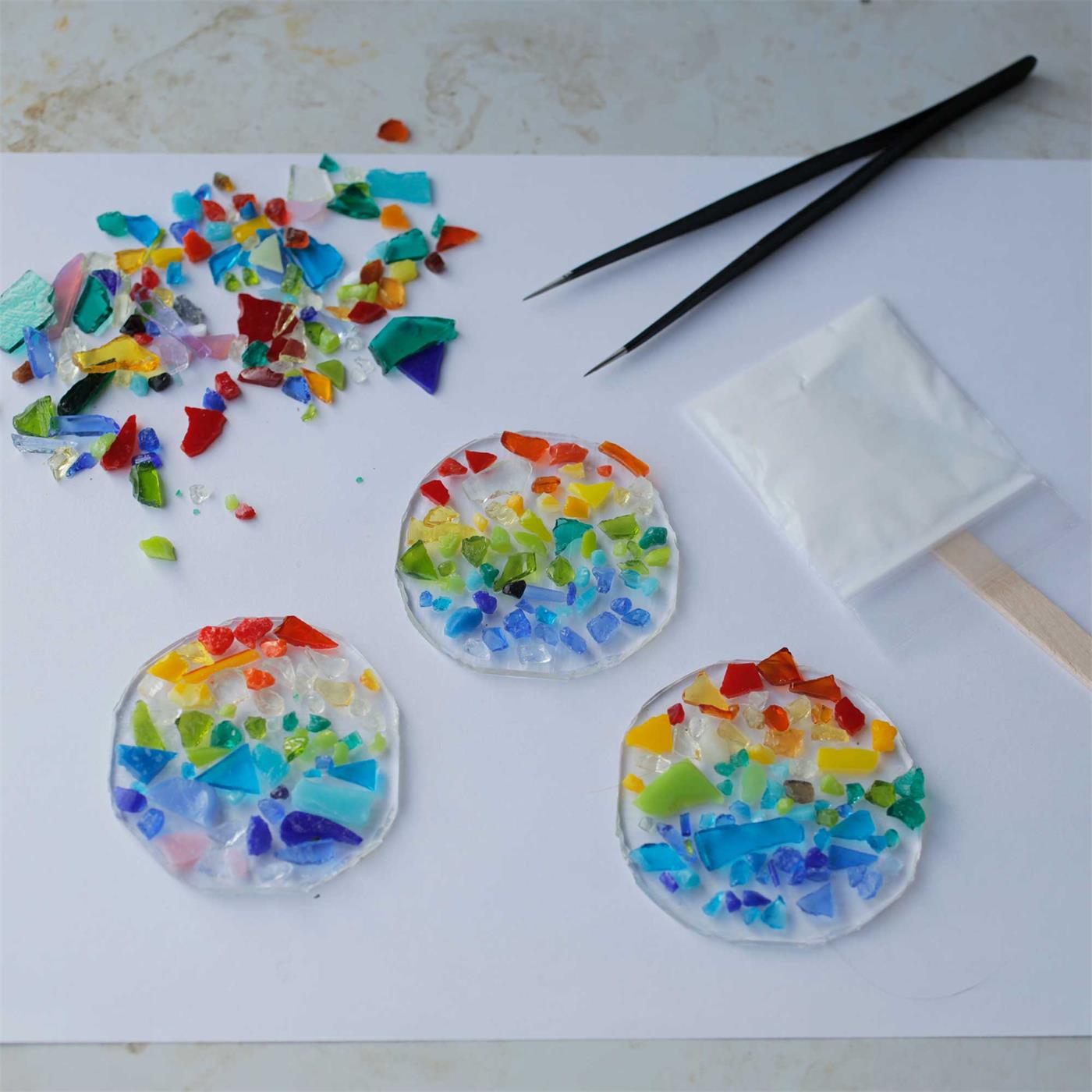
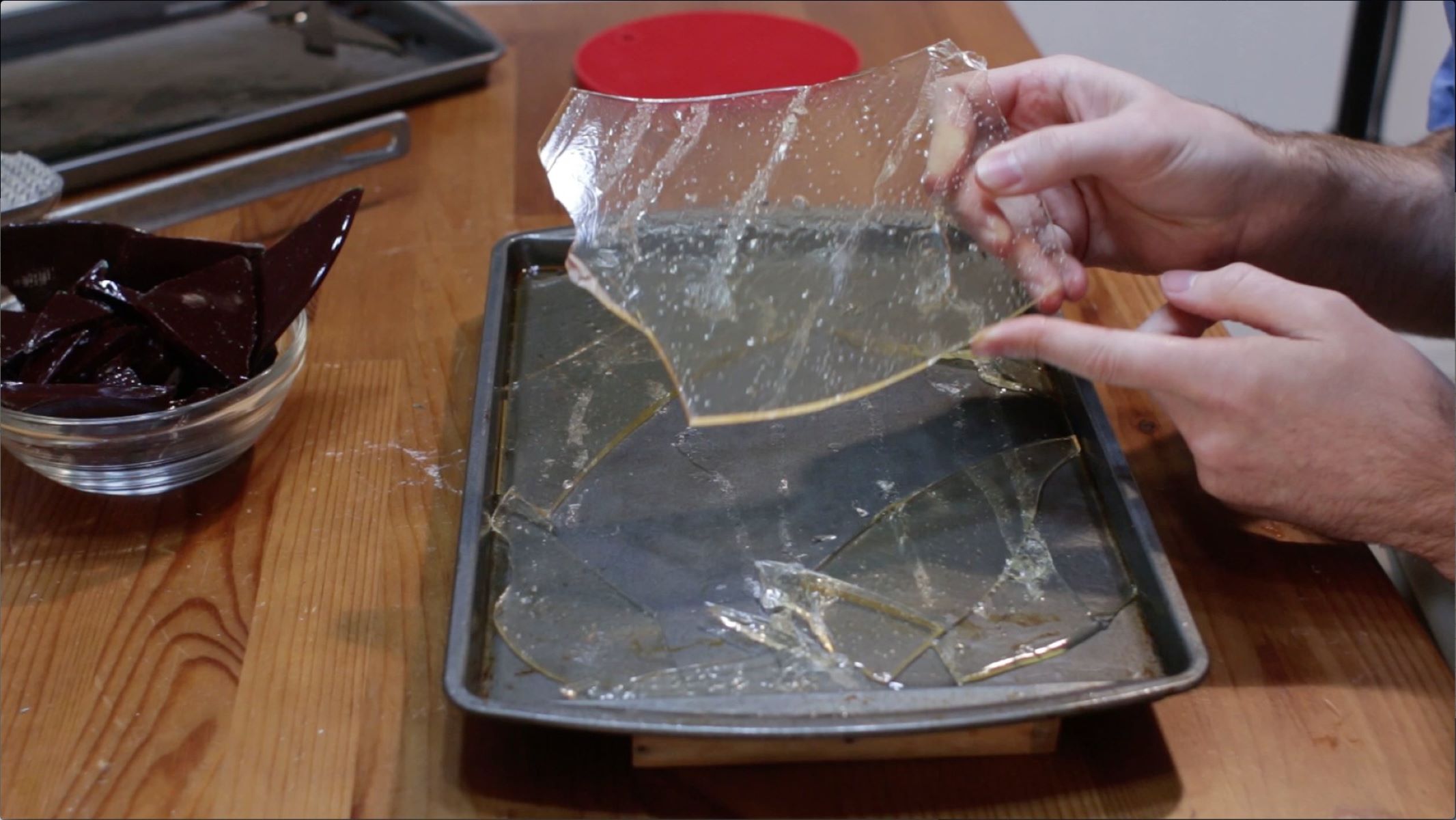
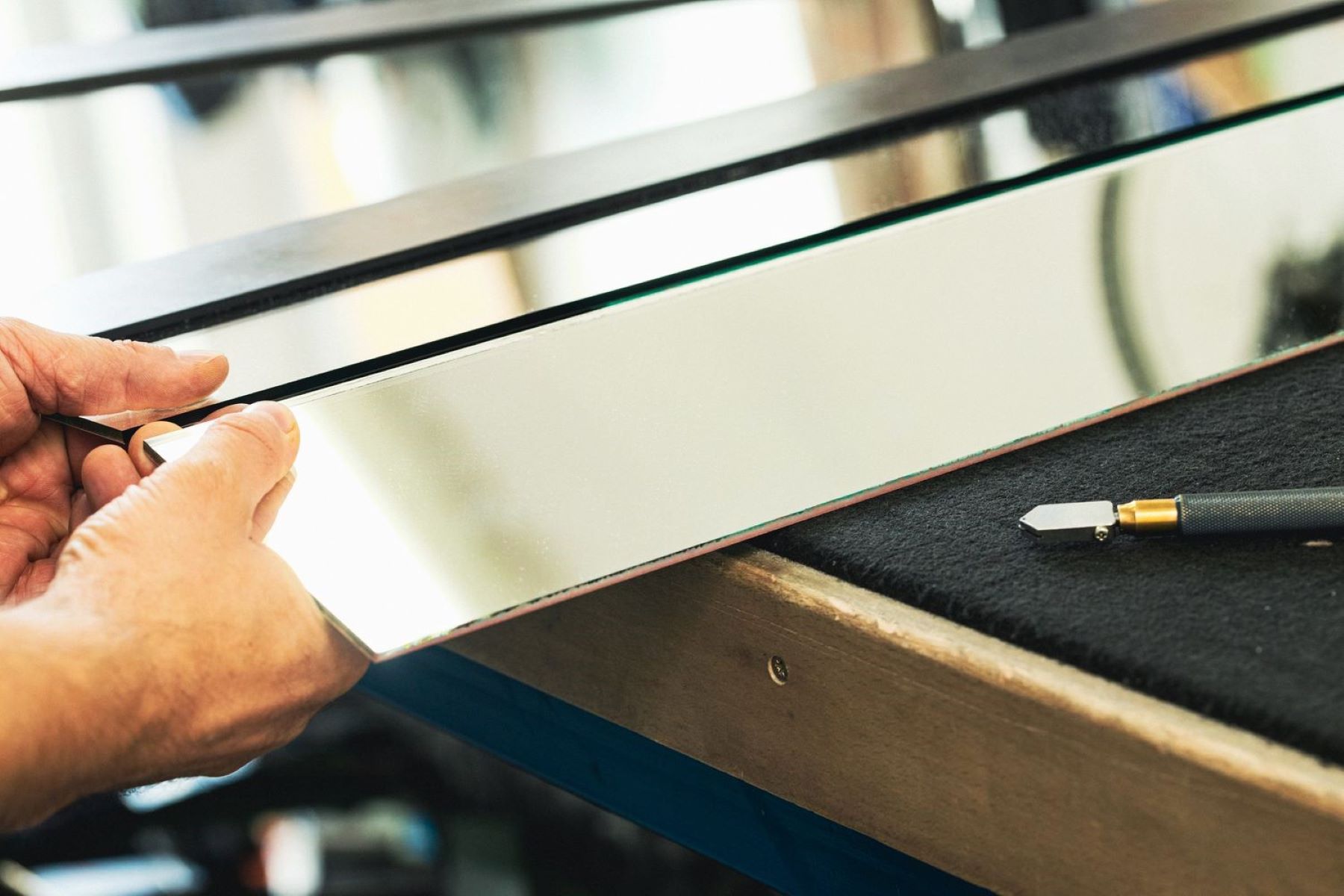
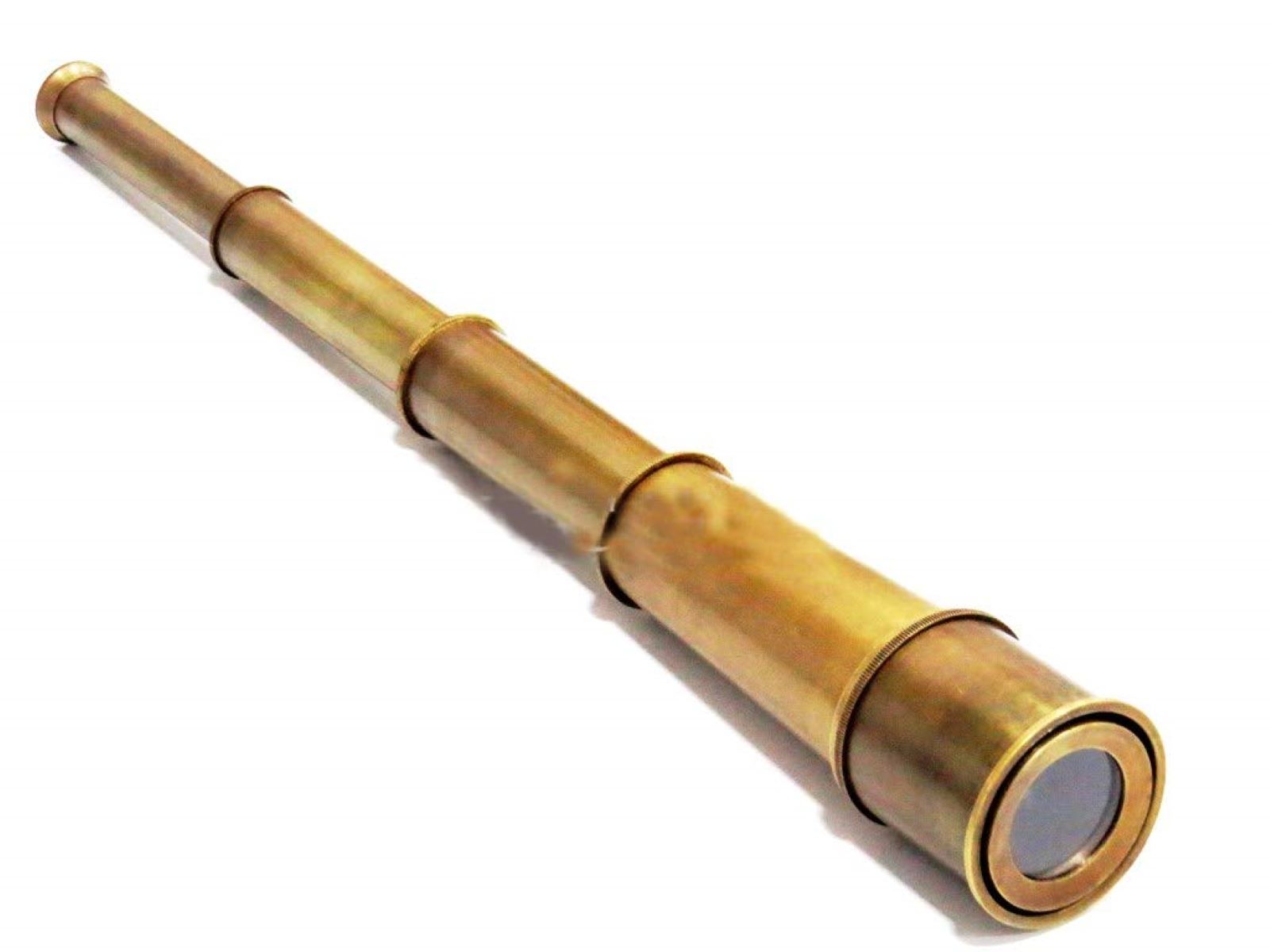



0 thoughts on “How To Make A Crack In Glass Disappear”